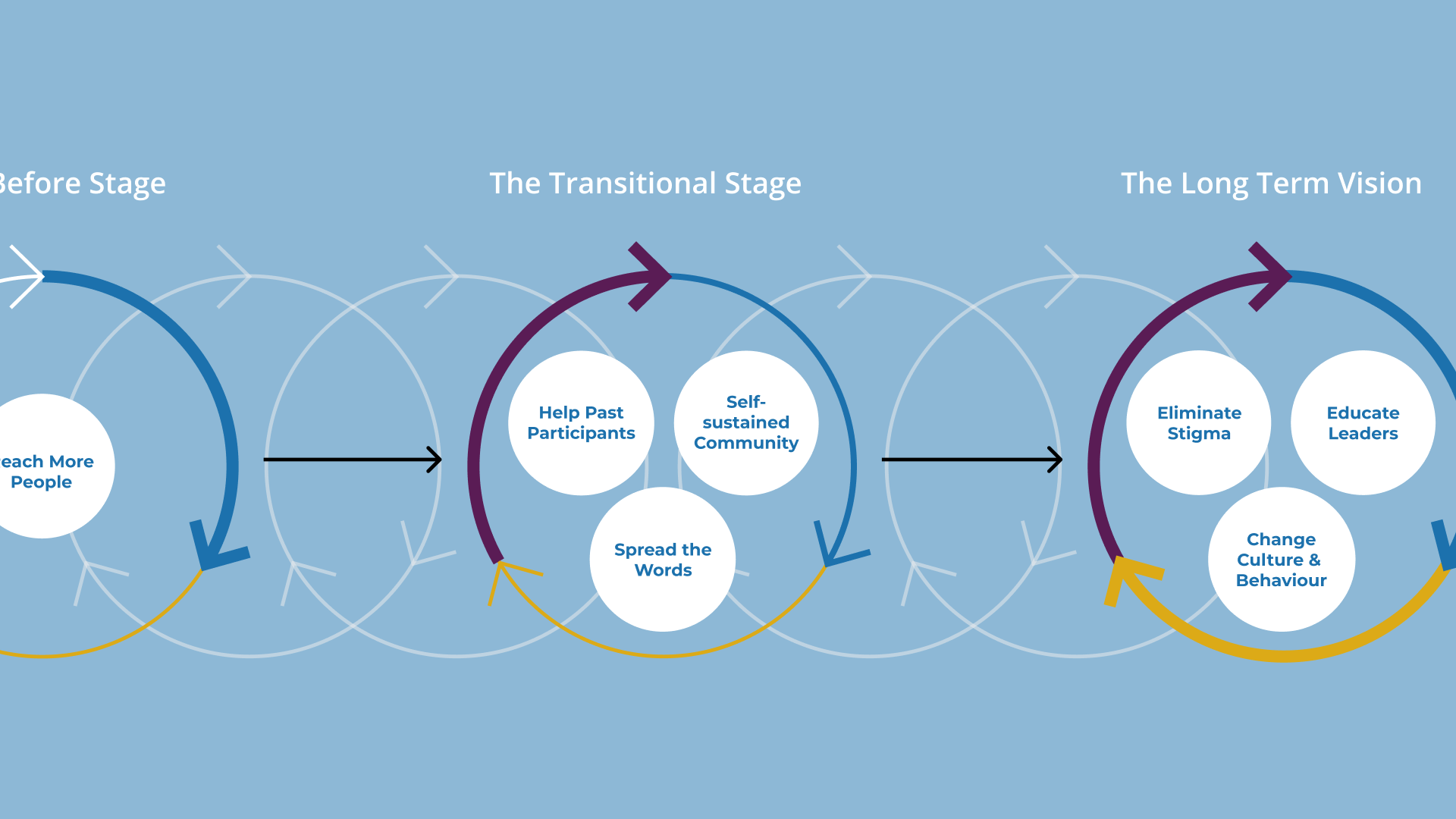
Doctors in Distress
Service Design | 2021
Doctor in Distress is a charity that helps medical professionals suffering from mental health issues. Its core members have struggled with spreading its presence to the world to achieve more fundraising. In this project, we broke down the problem into micro and macro levels and proposed a solution with transitioning stages into the long-term vision.
- Mental Health
- Medical Professionals
- Transitioning Strategy
- Social impact

Background
The medical profession has a higher-than-expected prevalence of mental illness, burn-out and suicide than the general UK population. The reasons for this are complex. However the stigma present within the medical profession to admit the need for help and to subsequently ask for that help is well known. This culture contributes to the above average rate of mental illness difficulties within the profession.
The Covid-19 pandemic has further exacerbated the risk of the mental ill-health of staff which is manifesting in many ways such as increased levels of anxiety, depression, burn-out and psychological distress (moral injury). The true nature of the impact of the pandemic on workers' health will become known in the months and years to come.
Doctor in Distress is a charity that works to provide mental wellbeing support for all healthcare workers across the UK through confidential, facilitated peer support groups. It has provided safe spaces in protected time for medical professionals, where they can come together to talk about the emotional impact of their work.
The charity was looking for the approaches to redesign the brand image to spread its activities and raise funds more.
Research
At first, to discover underlying problems around the charity more deeply, we conducted 10 interviews including the founder of the charity, participants and facilitators, and ran 3 workshops with core members and stakeholders.
![[image] process](/_next/image?url=%2Fdoctors-in-distress%2Fprocess.jpg&w=1920&q=75)
From the research, we defined the following problems of the charity into micro and macro levels.
![[image] problem](/_next/image?url=%2Fdoctors-in-distress%2Fproblem.png&w=1920&q=75)
Problem Direction
How might we ensure a transparent information exchange to align expectation among participants?
How might we enhance prompt communications among participant, facilitator and Doctors in Distress during the programme?
How might we encourage continuous peer support among participants after they complete the programme?
How might we establish a consistent healthy culture of self-care within medical profession?
Service Strategy
Following are the three main stages that we think Doctors in Distress will need - from a near-term goal to the long-term vision. In this proposal, we focus on the first two stages - the before stage before the programme, and the transitional stage after the programme.
![[image] customer journey](/_next/image?url=%2Fdoctors-in-distress%2Fjourney.png&w=1920&q=75)
The Before Stage
Before running a successful programme, the priority goal for Doctors in Distress is to reach the right number of participants. However, we found out that some participants aren't clear about the initial messaging from the charity. Some were confused about what is expected - what the programme offers, who they will be meeting, etc. Hence, we think that transparent information exchange in communication will be important to align expectations among participants. This will help with a smoother onboarding experience.
- Online:
- social media (posts from influential people), newsletter, online community (e.g national GP group), Youtube (webinar), advertising, website
- Offline:
- professional magazine (e.g CSP), poster / flyer (at hospital)
- Referal:
- employee psychology service, GP
- Word of Mouth:
- friends (as past participants), colleagues, family members
![[image] before stage](/_next/image?url=%2Fdoctors-in-distress%2Fbefore-stage.png&w=1920&q=75)
![[image] websites](/_next/image?url=%2Fdoctors-in-distress%2Fwebsite.png&w=1920&q=75)
The Transitional Stage
In terms of the medium term of the journey, we would advise Doctors in Distress to establish its self-sustained community by maintaining the relationship among their past participants. In our research, some participants expressed their satisfied experience from the programme, and the intentions to gain further support from, or give support back to the charity. We believe an ongoing network for previous participants to connect is really important. This creates a safe space for past participants to repay to the charity, spread the words, and potentially gain more support from the service when needed.
The main purpose of the transitional stage is to encourage participation among the past participants and potentially benefit the new participants. (2 drop-in sessions). Use 1 of the drop-in sessions to prompt participants to think about how to take care of themselves and come up with reflection questions together with the Doctors in Distress team.
Then archive the suitable creations and curate them into a reflection toolkit. It can be shared on a website or online community, or as a physical product.
![[image] transitional stage](/_next/image?url=%2Fdoctors-in-distress%2Ftransitional-stage.png&w=1920&q=75)
![[image] future possible sessions](/_next/image?url=%2Fdoctors-in-distress%2Ffuture-sessions.png&w=1920&q=75)
Roadmap
The roadmap to create a sustainable loop changes Doctors in Distress positively. It influences different stakeholders from different stages. In the Before stage, the service can reach medical professionals struggling but unaware of Doctors in Distress, and potentially collaborate with NHS and other organisations such as therapy providers. After establishing the transitional stage, the impact further influences the past participants. They become the support of the service and the advocates.
![[image] roadmap](/_next/image?url=%2Fdoctors-in-distress%2Froadmap.png&w=1920&q=75)
Service Blueprint
![[image] service blueprint](/_next/image?url=%2Fdoctors-in-distress%2Fservice-blueprint.png&w=1920&q=75)
See other projects

The School of News Ideas
Service Design | 2021 - 2022
Service Design | 2021 - 2022
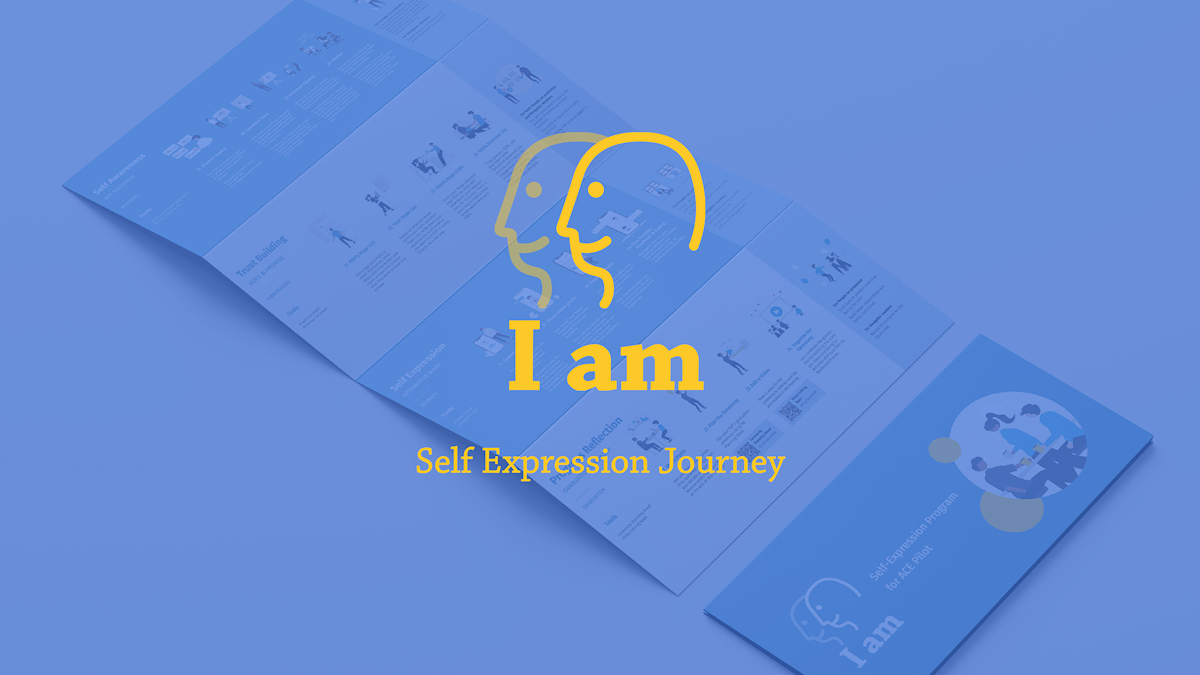
I am - Self-expression Journey
Service Design | 2021
Service Design | 2021

Doctors in Distress
Service Design | 2021
Service Design | 2021
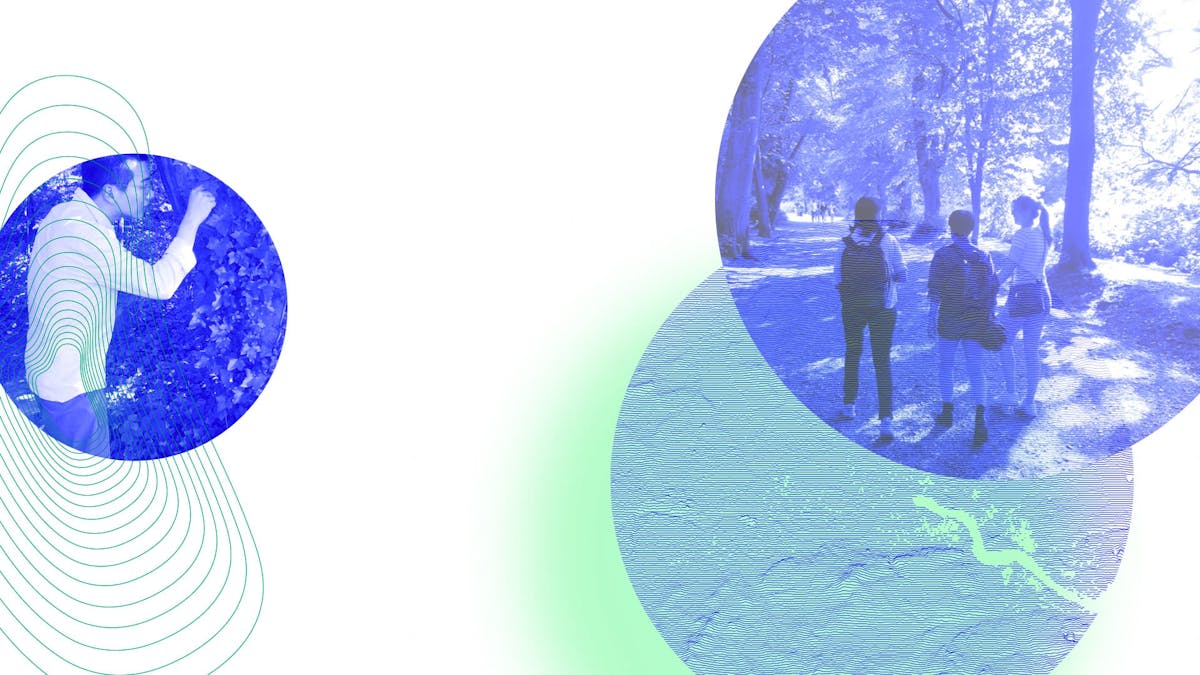
Coolture
Service Design | 2021
Service Design | 2021
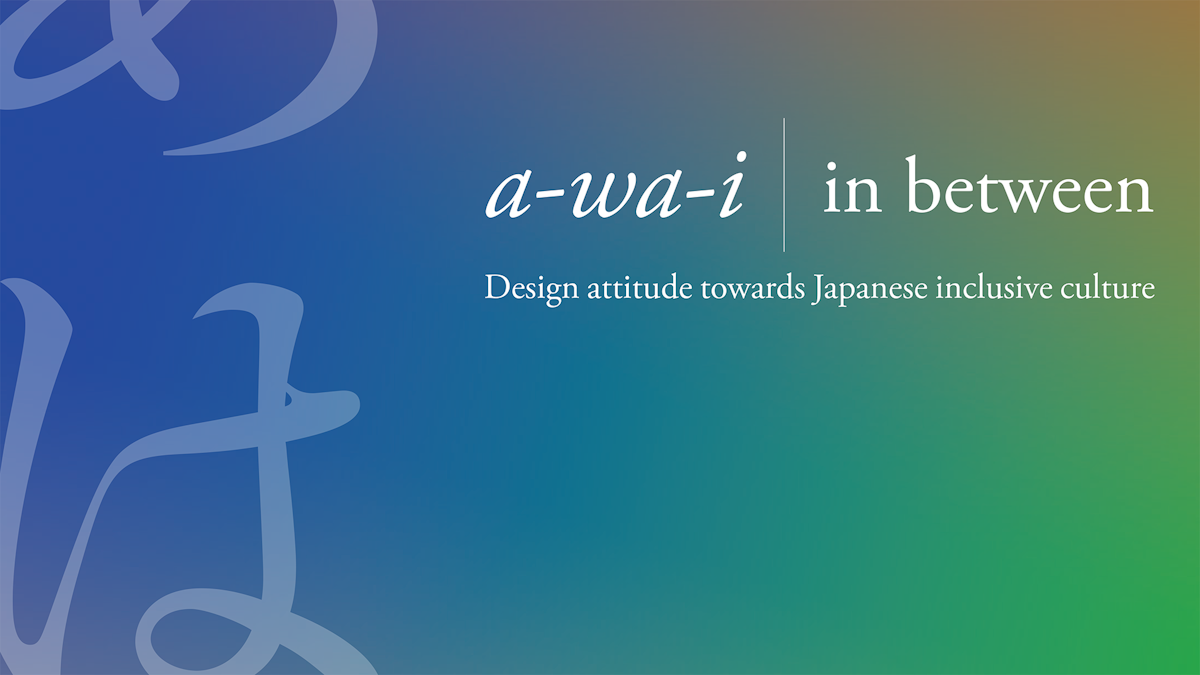
a-wa-i | in-between
Dissertation | 2021
Dissertation | 2021

Nutrified
Interdisciplinary Design | 2020
Interdisciplinary Design | 2020
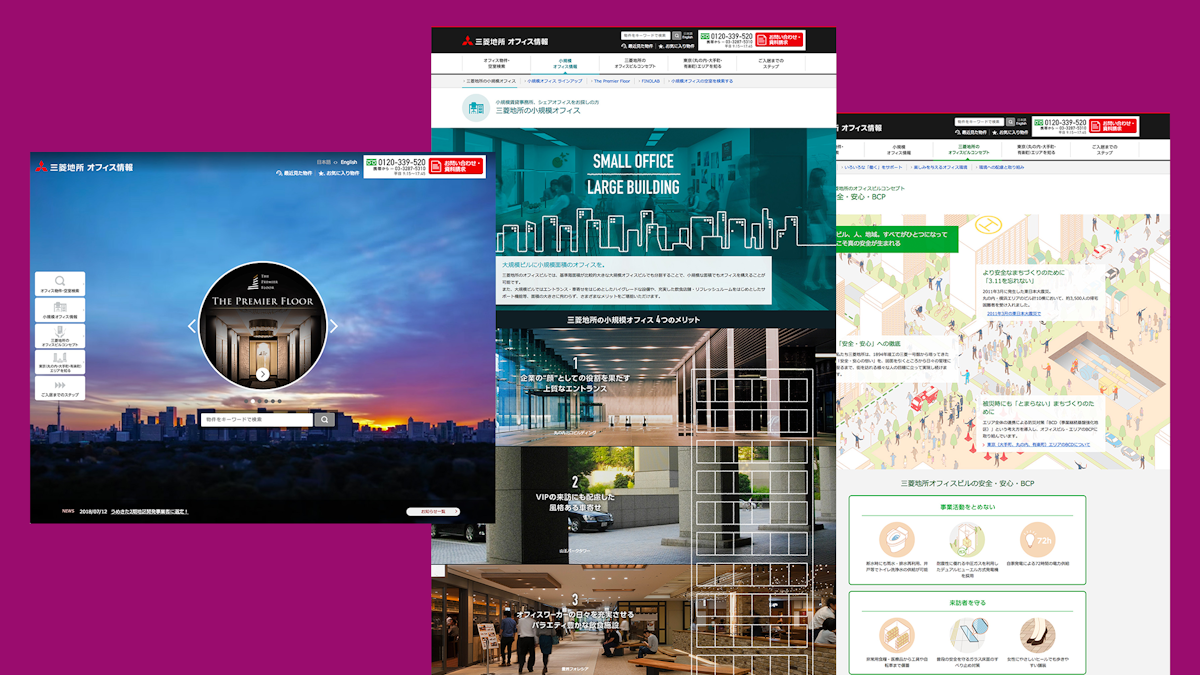
Redesigning Office Properties Website
Visual Design | 2016
Visual Design | 2016
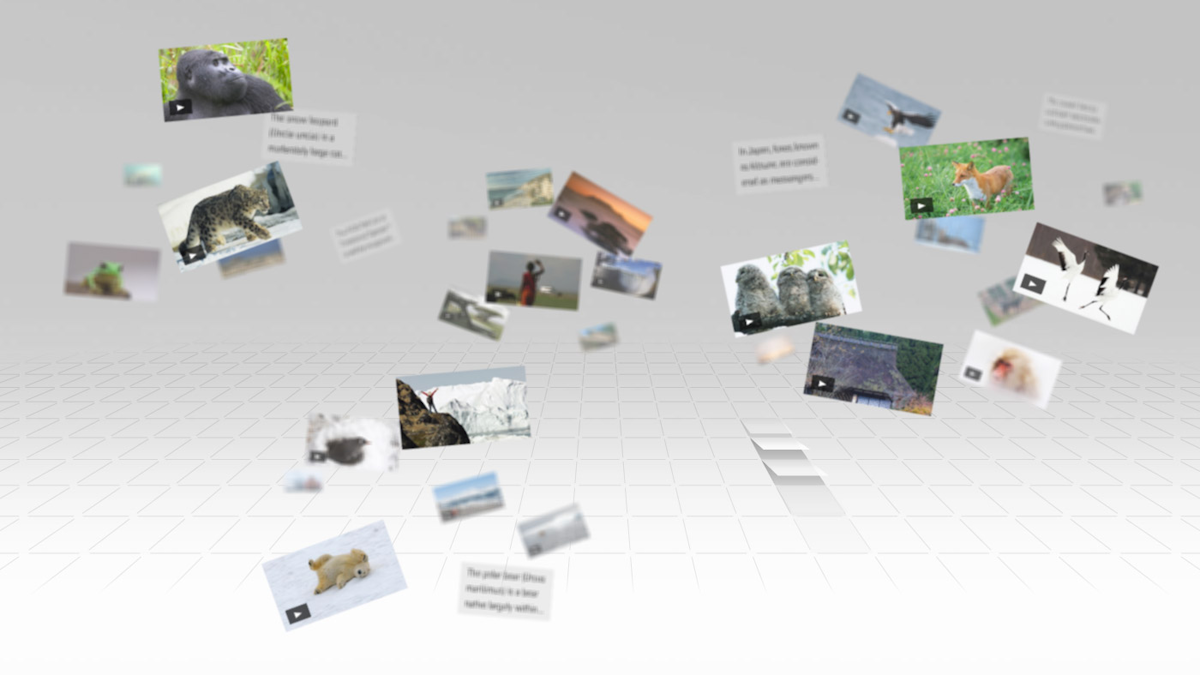
User Interface Prototype for CANON EXPO
UI Design | 2010
UI Design | 2010
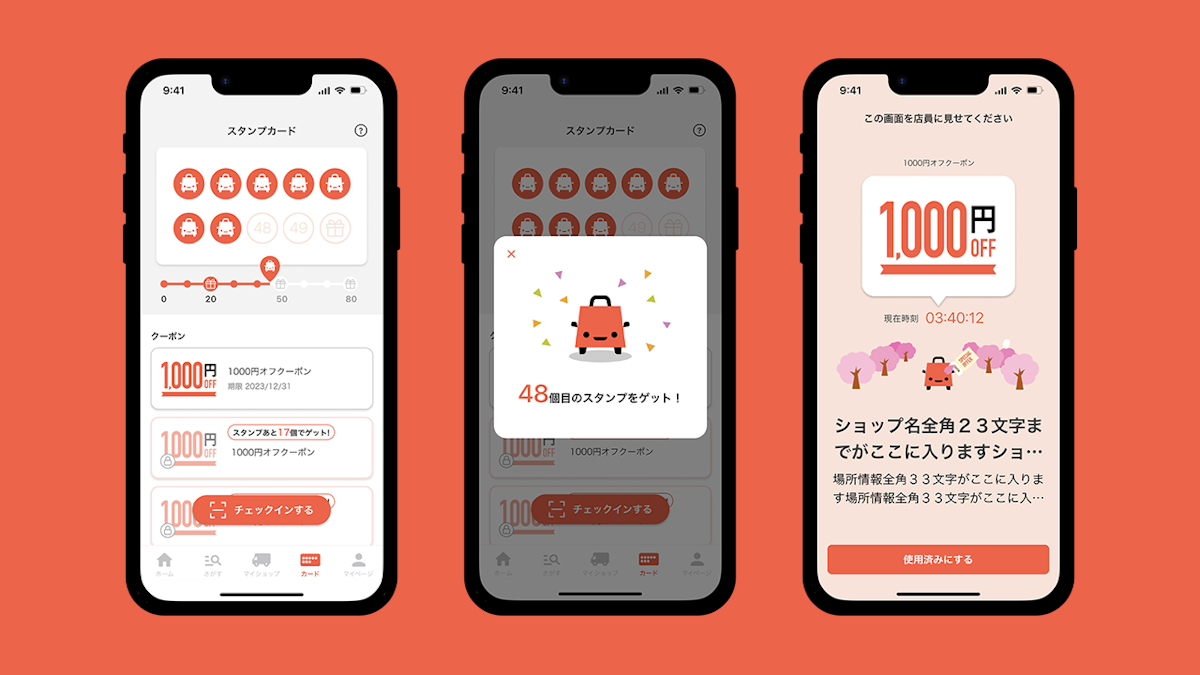
Other Work
2006 - 2023
2006 - 2023